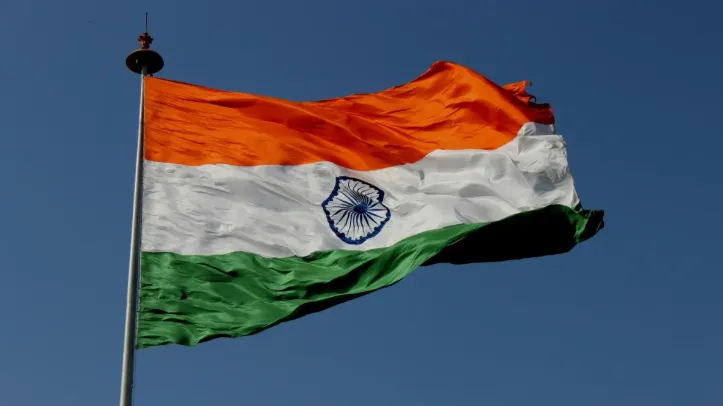
India's gas supply dries up amidst price swings
Gas-fired power is losing out to more competitive renewable energy sources.
India's gas-fired power sector is facing a severe decline, with its share in the country’s electricity mix falling to just 2% from 13% more than a decade ago largely due to volatile global prices and limited production, according to analysts.
Thirty-one gas power plants that accounted for 32% of the nation’s total gas-based generation capacity have failed to produce electricity this fiscal year and are now considered stranded assets, according to the Institute for Energy Economics and Financial Analysis
“High and unstable liquefied natural gas (LNG) prices make it less appealing for Indian industries, especially for fertiliser production, which uses the most energy in India,” Purva Jain, an energy specialist for gas and international advocacy at IEEFA, told Asian Power.
Gas-fired power is losing out to more competitive renewable energy sources, she pointed out.
She noted that while the government provides significant subsidies to the fertiliser sector to mask the real cost of gas, this came at a heavy fiscal cost. “Whilst this helps consumers, it cost the government a huge $30 billion in 2023 after gas prices jumped in 2022.”
Despite government intervention, high LNG prices continue to limit gas competitiveness. Jain noted that even at a delivered LNG price of $8 per million British Thermal Units (MMBtu), the cost of electricity from gas rises to ₹17 per unit—compared with ₹5–₹6 for coal and ₹6 for solar-plus-storage.
“India’s fuel prices must fall to $5 to $5.7 per MMBtu for gas-fired power plants to compete with coal and renewables,” she added.
However, the International Energy Agency (IEA) projects a 60% increase in gas use by India’s power sector by 2030, targeting a 15% share in the country’s total energy mix.
“With an existing LNG import capacity of close to 50 million tonnes per annum and more under construction, India will have the import infrastructure to support this,” Paul Everingham, CEO at the Asia Natural Gas and Energy Association, said in an emailed reply to questions.
But distribution networks behind the import terminals must be expanded, he added.
Jain said most LNG import terminals are underused, with six out of seven operating below 50% capacity last fiscal year. Regulatory reforms are now being proposed to address these infrastructure bottlenecks and improve gas market planning, she added.
Everingham expects global LNG supply to grow significantly, with new volume from the US, Australia, and Qatar. These will have “a positive impact on the affordability of LNG for nations like India, particularly if long-term supply contracts can be implemented,” he added.
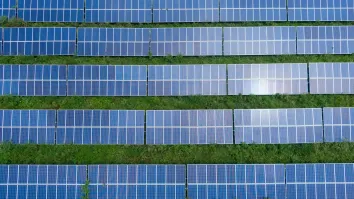


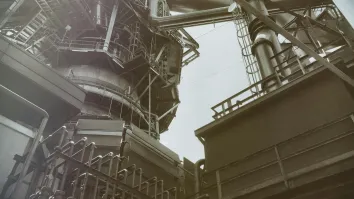



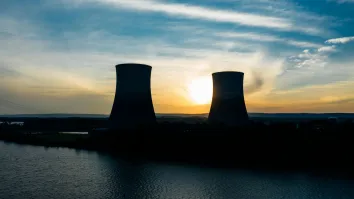



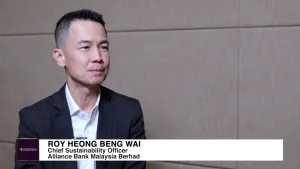


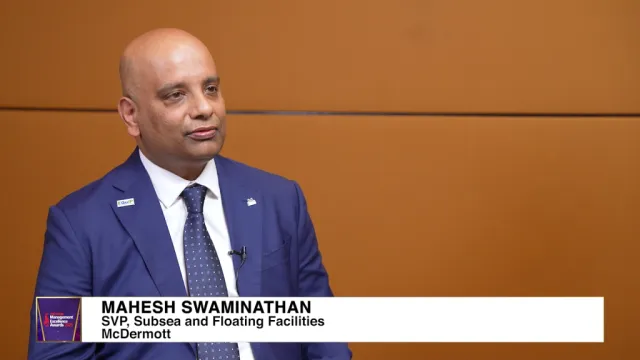


 Advertise
Advertise







